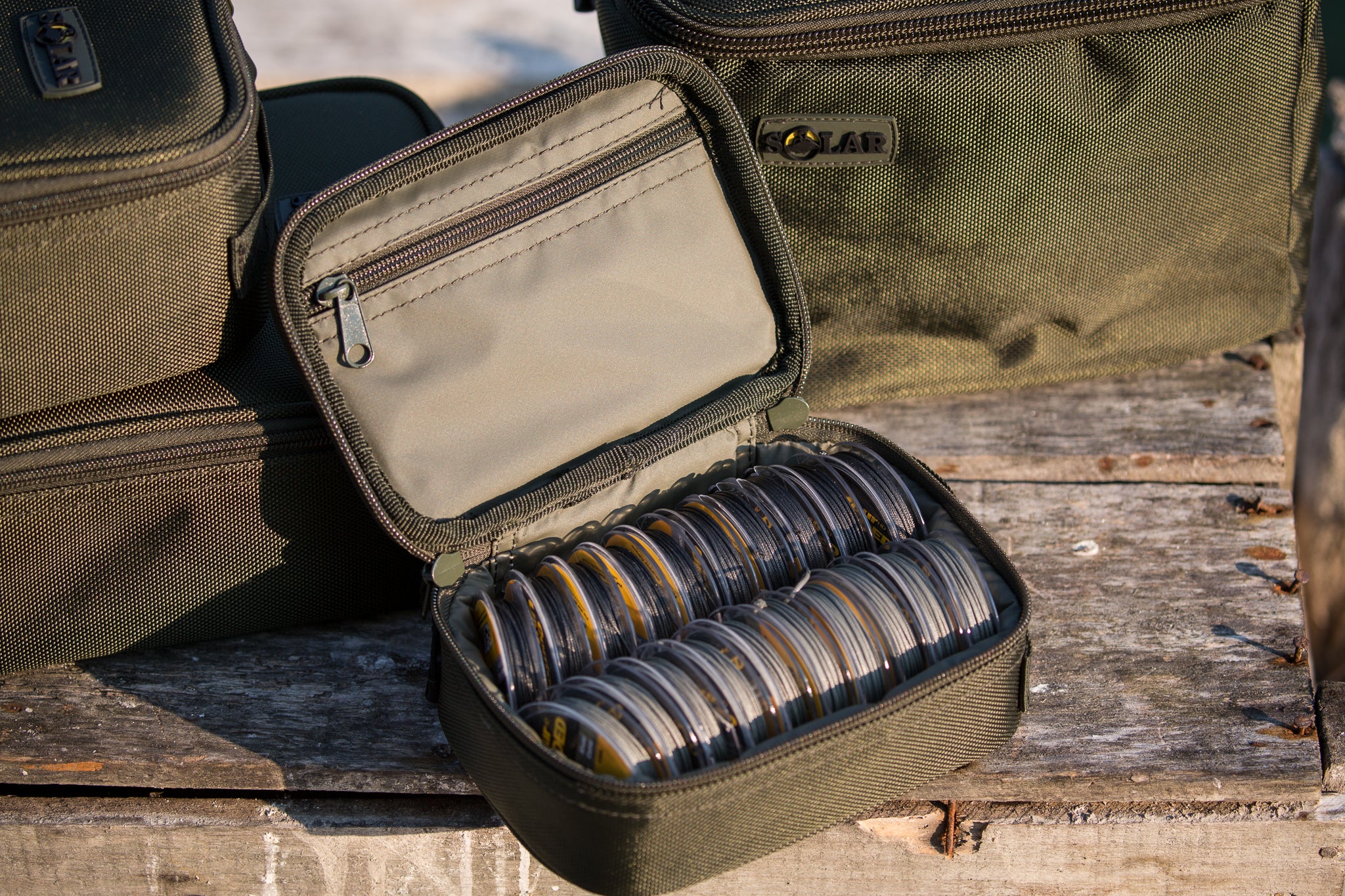Catfishing ·
fishing ·
fishing as a hobby ·
fishing for beginners ·
Fishing strategies ·
Fishing techniques ·
Catfishing
Catfishing is a popular fishing technique that involves catching catfish using a variety of methods, including using live or dead bait, lures, and other fishing gear. This technique is widely popular among anglers and is practiced all around the world. In this article, we will explore the art of catfishing and provide you with tips and techniques to improve your chances of success.

Catfishing
Types of catfish
Before we dive into catfishing techniques, it is essential to understand the different types of catfish that you may encounter. There are three main types of catfish: channel catfish, blue catfish, and flathead catfish.
- Channel catfish are the most common type of catfish and are found in almost every state in the United States. They are known for their excellent taste and are a popular fish to catch for recreational purposes. They typically weigh between 1 and 15 pounds, although larger channel catfish can be found in some waters.
- Blue catfish are the largest type of catfish and can grow up to 100 pounds or more. They are found in larger rivers and reservoirs and are prized for their size and fighting ability.
- Flathead catfish, also known as yellow catfish, are another popular species of catfish. They are found in rivers and streams and can grow up to 100 pounds, although most flathead catfish caught by anglers weigh between 10 and 20 pounds.
Catfishing techniques
Catfishing can be done using a variety of techniques, and the best technique to use will depend on the location, time of day, and the type of catfish you are targeting. Here are some of the most popular catfishing techniques:
- Bait fishing: Bait fishing is one of the most popular techniques used for catfishing. This technique involves using live or dead bait, such as worms, minnows, or cut bait, to attract catfish.
- Jug fishing: Jug fishing is a unique and effective way to catch catfish. This technique involves attaching a fishing line and bait to a floating jug and leaving it in the water. When a catfish takes the bait, the jug will float away, alerting the angler to the catch.
- Trotline fishing: Trotline fishing involves using a long fishing line with multiple hooks attached to catch catfish. This technique is commonly used in rivers and streams and can be set up to catch catfish overnight.
- Noodle fishing: Noodle fishing is a popular catfishing technique in which anglers use long, flexible pieces of PVC pipe as a float to suspend the bait. The angler then watches for the noodle to move, indicating that a catfish has taken the bait.
- Bank fishing: Bank fishing is a simple and effective technique that involves fishing from the shore. This technique can be done using a variety of baits and lures and is a great way to catch channel catfish.
Tips for successful catfishing
Now that you understand the different catfishing techniques, here are some tips to improve your chances of success:
- Use the right bait: Catfish are known for their love of stinky, oily baits, so using live or dead bait, such as worms or cut bait, can be very effective.
- Use the right gear: Catfish are strong and can put up a good fight, so using heavy-duty gear, including rods, reels, and line, is essential.
- Fish at the right time: Catfish are most active at night and during low-light conditions, so fishing during these times can increase your chances of success.
- Fish in the right location: Catfish can be found in rivers, streams, lakes, and ponds, so choosing the right location to fish is crucial. Look for areas with slow-moving water, structure such as logs and rocks, and deep holes.
- Pay attention to the weather: Catfish tend to feed more actively during periods of low pressure and cloudy weather, so keep an eye on the weather forecast and plan your fishing trips accordingly.
- Be patient: Catfishing requires patience and persistence. Don't get discouraged if you don't catch anything right away; keep trying and experimenting with different techniques until you find what works best for you.
- Handle catfish with care: Catfish have sharp spines and can be dangerous if not handled properly. Use gloves or pliers to remove the hook, and avoid grabbing them by their head or gills.























